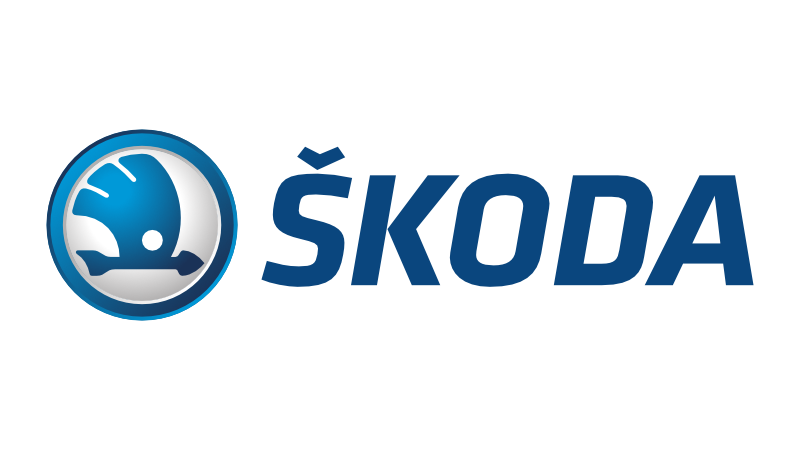Which polyurethane (PU) materials are used for RIM technology?
We process the following types of reactive systems at Promens Zlín:
Compact RIM
wall thickness / 1 – 10 mm
density / > 1g/cm3
types / filled and unfilled; hard and elastic
High density integral PU foam
wall thickness / > 5 mm
density / > 0,9 g/cm3
types / filled and unfilled; filled with special additives (e.g. non-flammable)
High density PU foam
density > 0,2 g/cm3
types / filled and unfilled; filled with special additives (e.g. non-flammable)
Elastic integral foam
wall thickness / > 0,15 g/cm3
Elastic foam
wall thickness / > 0,05 g/cm3
types / filled and unfilled; filled with special additives (e.g. non-flammable)
Mechanical properties of PU-RIM systems
Mechanical properties
Depending on the type, density, filling and content of other additives, the range of values varies widely.
On the one hand, there are hard materials with the characteristics of plastics, while on the other hand, there are soft and flexible systems with the characteristics of rubber. Accordingly, impact resistance ranges widely from brittle materials to systems with very high impact resistance, even at low temperatures.
PU-RIM editing options
There are types of PU-RIM materials declared to be harmless to health; additives can modify the PU-RIM materials into highly non-flammable types, and all types have very good electrical properties.
Key benefits of PU-RIM
PU-RIM materials have a three-dimensional structure, minimum water absorption and excellent chemical resistance.
How is PU-RIM material processed?
The essence of RIM technology is the injection of a monomer mixture directly into the production mould, where the mixture subsequently polymerizes under specific conditions.
After polymerization is completed, the finished product is removed from the mould. The required conditions for this process are a very low viscosity of the injected mass at a lower temperature than the temperature of the mould.
Unlike conventional injection moulding, whereby the melt is injected at high pressure into the mould, which is significantly colder than the melt temperature, low pressure is applied in this technology. This makes it possible to produce large parts (tens of kilograms) on relatively small devices and use light moulds.

RIM
Reactive injection

RRIM
Reactive injection containing fillers

SRIM
Structural reactive injection
We work for the best
Photos from production







































